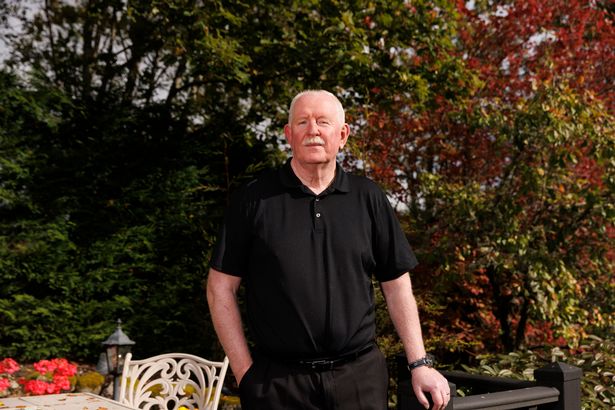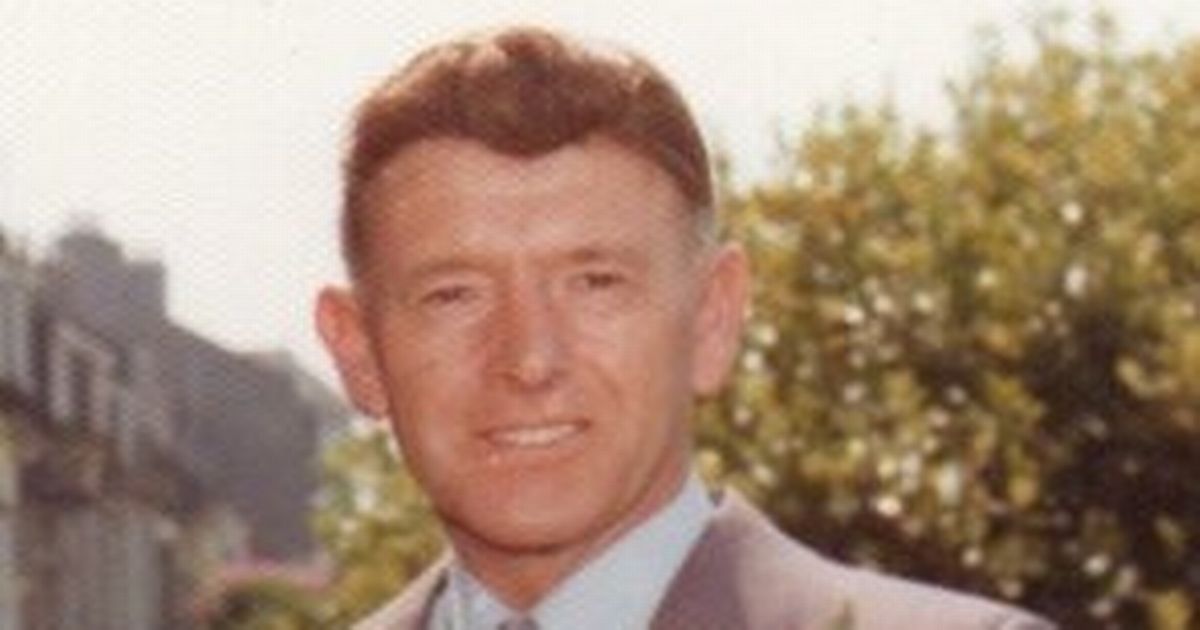People in the area can help find the man who killed taxi driver George Murdoch George Murdoch was murdered in 1983 but his killer has never been found(Image: Police Scotland)
George Murdoch was murdered in 1983 but his killer has never been found(Image: Police Scotland)
Detectives investigating a brutal murder that’s been unsolved for 40 years have been taking DNA samples of people living in Merseyside. Taxi driver George Murdoch, 58, was killed on September 29 1983 in Aberdeen, Scotland, beside his cab. The suspected murder weapon – a cheese wire believed to have been used to strangle him – found nearby.
George was killed on Pitfodels Station Road, a very quiet street on the outskirts of Aberdeen, after telling his control room he was heading to Culter. He turned onto the road, near the Deeside railway line, where he was attacked at around 8.45pm and died at the scene.
The attack was seen by two teenagers, who fled to call the police from a phone box. But by the time officers arrived, George was dead and the killer had vanished. He had stolen George’s money and wallet but left the cheese wire behind. The murderer was described as being a man of slim build and aged in his 20s or 30s.
There are theories that a man seen running through the area at the time, as well as a man who came into a nearby chippy on the night of the incident with blood on his hands, could be the killer. It’s also been claimed that a man working in a nearby deli could be responsible.
But despite police investigating these leads, as well as conducting 10,000 house-to-house inquiries and recording 7,000 statements, the killer has never been found.
A breakthrough in the case came in 2023 when advancements in forensic analysis enabled police to obtain a DNA profile of a man, referred to as Male Z, from crime scene material.
The DNA sample did not match any on the national DNA database, but it did enable officers working on the cold case to eliminate certain suspects.
Officers, with the help of the National Crime Agency, have created a list of 1,000 people with possible genetic matches to the profile. These people are not suspects but have a strong genetic link to the profile created.
This new lead is explored in a two-part Channel 5 documentary called Forensics: Murder Case. It was shown on Monday and Tuesday this week and is still available to watch on demand.
The documentary shows police officers speaking to people living in Liverpool and Wirral over the last year and a half who have similar DNA to the suspect and asking them to give a sample. People living in Manchester and Yorkshire have also been asked to give samples.
In the show, Detective Inspector James Callander, from Police Scotland, said: “Because we know that the Male Z profile is not on the DNA database, we can’t search for him. So we need to search for family members. There’s around 5m people on their DNA database vs about 66m in the UK.
“Out of the 5m, we’ve got over 1,000 names most similar to the Male Z DNA profile. It’s physically impossible to meet or identify every single person. But we will do as much as we can.
“The family has hopes and expectations. Nobody has ever been brought to justice for this crime. Familial DNA is the key to solving this.”
 Alex McKay, the nephew of murdered taxi driver George Murdoch(Image: Derek Ironside/PA Wire)
Alex McKay, the nephew of murdered taxi driver George Murdoch(Image: Derek Ironside/PA Wire)
Adam Gregory, a behavioural expert at the National Crime Agency, added: “There’s something really criminally ingrained in this individual. Those individuals are more likely to have criminal family members, and therefore more likely to have relatives that are on the national criminal database.”
He added that, while the killer could have been from outside of Aberdeen, the fact that he took George to a secluded part of the city before killing him indicates he is from the area.
DC Rachel Polson is one of the officers who visited Merseyside as part of these enquiries.
Speaking while driving in Liverpool in the first episode, DC Rachel Polson, said: “Their DNA is similar to that of the killer. It’s not the same DNA, it’s not the exact match. It could be a relative, could be a very distant relative or it could be the fact they have very similar DNA.”
George’s nephew, Alex McKay, and his wife, Robina, have offered a £10,000 reward to anyone who provides a DNA sample that helps lead to the identification of the killer, and a £50,000 reward for information that helps confirm the killer’s identity.
Anyone who believes they can assist the investigation has been asked to contact 101 or email a dedicated inbox at SCDHOLMESAberdeen@scotland.pnn.police.uk.
